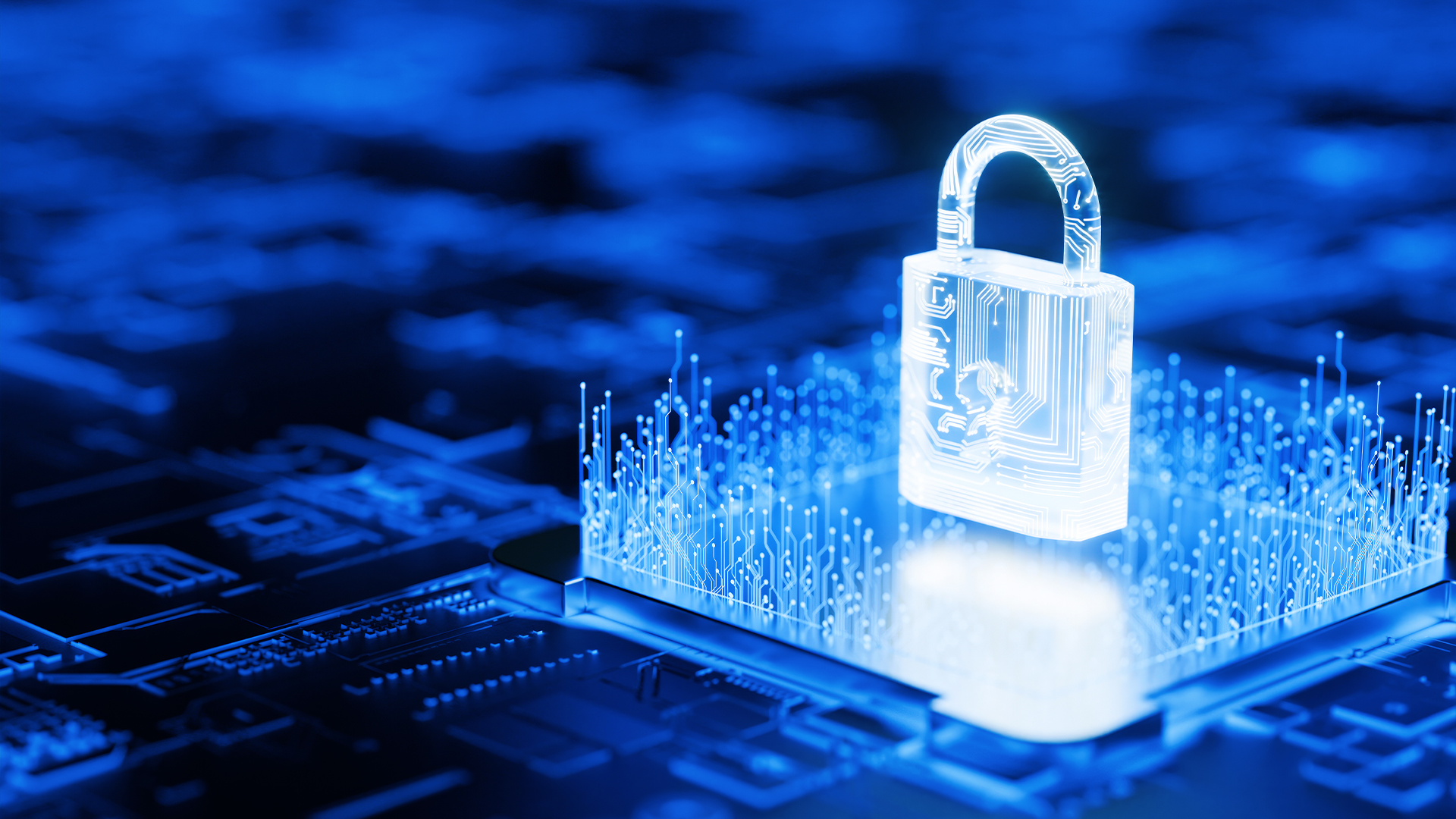How to build a zero trust model
Threats are becoming greater and more diverse, but having a zero trust architecture could help your business defend its infrastructure


In the early days of computer networking, cyber security was predominantly focused on the perimeter because it was thought you needed to keep the bad guys out. Within the perimeters was thought to be safe and trusted, while outside the enterprise firewalls danger lurked.
However, this assumes that hackers haven’t already got into the network and started doing damage. Cyber criminals can get a grip within a businesses' infrastructure by exploiting a vulnerable system, stolen credentials, or by exploiting poorly configured wireless connections. To counteract this scenario, many modern enterprises are adopting a zero trust model.
What is a zero trust model?
RELATED RESOURCE

Identity is key to stopping these five cyber security attacks
Many attacks begin with the same weakness: user accounts
Zero trust is a relatively new and evolving approach to network design. It means “never trust, always verify”. By default, devices on a network are not trusted, even when connected to a corporate network and even if previously verified.
This model protects the environment by using methods and processes such as network segmentation, strong authentication, preventing lateral network movement, and simplifying “least access” policies.
So how does an organisation go about building, running, and using a zero trust model in the infrastructure?
Network segmentation
The foundation of a zero trust architecture is network segmentation. Systems and devices must be segregated according to the types of data they process and the access they permit. This can then limit the reach of a hacker once they get into the network.
To segment a network, organisations should create a comprehensive roadmap based on business and security aims. They should then map application dependencies so that organisations know how apps communicate to endpoints within the infrastructure. Finally, a network should not be over-segmented as this can lead to over complexity and may prevent employees from doing their jobs properly if they can’t access the systems they need to.
Sign up today and you will receive a free copy of our Future Focus 2025 report - the leading guidance on AI, cybersecurity and other IT challenges as per 700+ senior executives
Identity and access management improvement
A strong identity and access management infrastructure is another precondition of a zero-trust model. Multi-factor authentication offers additional reassurance of identity and defends against credential stealing. Implementing role-based access control permits applications to limit access in a way that implements the principle of least privilege.
Deploying least privilege at the firewall
Least privilege not only applies to users, but it also applies to networks. After network segmentation, access between networks should be locked down to only allow traffic between them according to business needs.
Using a next-generation firewall (NGFW) can help organisations to implement what Gartner defines as a “deep-packet inspection firewall that moves beyond port/protocol inspection and blocking to add application-level inspection, intrusion prevention, and bringing intelligence from outside the firewall.”
Monitoring using AI and machine learning
RELATED RESOURCE

Identity is key to stopping these five cyber security attacks
Many attacks begin with the same weakness: user accounts
Machine learning can be used by organisations to speed up the work of detecting and mitigating threats. Usually, security analysts would use security information and event management (SIEM) solutions to gain a comprehensive understanding of security events collected from systems, devices, and applications across an organisation’s network and clouds. Machine learning and artificial intelligence (AI) can help to surface threat indicators that would otherwise be lost in reams of data.
This gives security teams a better way of recognising what activity is taking place and if it is normal activity that machine learning has been trained to identify. If this activity falls outside normal usage patterns, AI can flag this up as suspicious and help enterprises improve their defences from both internal and external threats and deploy a more full-bodied zero trust security model.
Ongoing management and issues
A zero trust model should be thought of as part of an organisation’s overall digital transformation strategy. It should be by design and not simply retrofitted. This means implementing technology to achieve zero trust as more systems move to the cloud and legacy systems are replaced.
Moving to zero trust should involve an ongoing conversation between security and the rest of the organisation to prioritise what moves to a zero-trust model and what can wait.
When up and running, managing zero trust should involve security teams developing and maintaining zero trust models, while network teams manage networks. The security team should also carry out regular audits to ensure that the network adheres to the policies and protocols of zero trust. Critical workloads will need more analysis of users and devices compared to other, less important, workloads.
Rene Millman is a freelance writer and broadcaster who covers cybersecurity, AI, IoT, and the cloud. He also works as a contributing analyst at GigaOm and has previously worked as an analyst for Gartner covering the infrastructure market. He has made numerous television appearances to give his views and expertise on technology trends and companies that affect and shape our lives. You can follow Rene Millman on Twitter.
-
 Microsoft opens up Entra Agent ID preview with new AI features
Microsoft opens up Entra Agent ID preview with new AI featuresNews Microsoft Entra Agent ID aims to help manage influx of AI agents using existing tools
-
 Research shows the financial benefits of implementing zero trust
Research shows the financial benefits of implementing zero trustNews With zero trust shown to drastically reduce the number of cyber incidents, insurers are catching on and lowering premiums
-
 Microsoft ramps up zero trust capabilities amid agentic AI push
Microsoft ramps up zero trust capabilities amid agentic AI pushNews The move from Microsoft looks to bolster agent security and prevent misuse
-
 Zero trust gains momentum amid growing network visibility challenges
Zero trust gains momentum amid growing network visibility challengesNews Organizations are looking to automation, orchestration, and risk mitigation as key security priorities
-
 Billions of IoT devices will need to be secured in the next four years – zero trust could be the key to success
Billions of IoT devices will need to be secured in the next four years – zero trust could be the key to successNews Researchers have warned more than 28 billion IoT devices will need to be secured by 2028 as attacks on connected devices surge.
-
 Cognizant and Zscaler expand partnership to launch new AI-powered zero trust security tools
Cognizant and Zscaler expand partnership to launch new AI-powered zero trust security toolsNews The pair’s expanded partnership aims to help customers simplify their security setups while tackling evolving cyber threats
-
 The evolution of SASE and its importance in zero trust
The evolution of SASE and its importance in zero trustSupported Content SASE has been an increasingly important security framework for five years – but integrating zero trust is crucial to its success
-
 Why siloed thinking could be undermining your zero trust strategy
Why siloed thinking could be undermining your zero trust strategyAdvertisement Feature Despite the majority of businesses now moving towards a zero trust strategy, a siloed view of security means many are unable to fully embrace everything the technology has to offer


